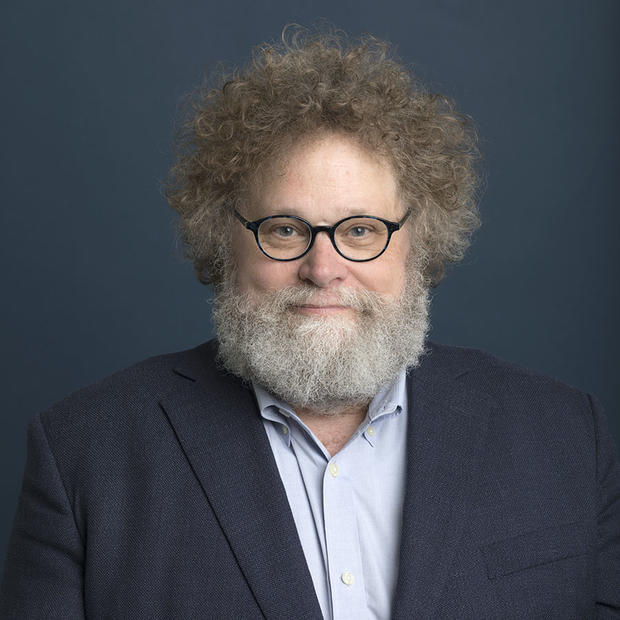Here's some interesting reading on the topic of gentrification and urban development – and while we're at it, race. The April issue of Colors NW magazine has a fascinating cover story called "Exodus," by Thaddeus De Jesus, that looks at the dramatically changing racial and ethnic demographics of metro Seattle. A couple of shockers for those who haven't been paying attention. Bellevue is more diverse than Seattle. In a 2005 census estimate, the article reports, nonwhites comprised 32 percent of Bellevue's population. Seattle is at 31 percent. The nonwhite population of Kent has grown by 666 percent since 1990. In 2000, the number of whites equalled the number of non-whites in the Central District, the historic home of Seattle's African American population. With condo development since then, the article says, whites are likely now in the majority. The article gives a brief history of segregation in Seattle and has some accompanying maps (in the print edition) that dramatically demonstrate how the black population, in 1960, was almost exclusively confined to the Central District – largely with the help of housing covenants – and how by the year 2000 it has dispersed mostly to the South End of the city and South King County. Just as interesting is how water still forms a moat: the black population north of the Lake Washington Ship Canal is about the same as the Eastside suburbs overall. Very few blacks live in either place. So you Seattleites who sneer at Bellevue's whiteness from your Wallingford bungalows, wipe that smirk off your face. The article also discusses how the First Methodist Episcopal Church (FAME), the oldest African-American church in the Pacific Northwest, is dealing with changing demographics and getting involved in residential and commercial development. This leads me to point out another interesting piece with its own somewhat startling conclusion in the March 31 Boston Globe. In an article called "Urban Puzzle," Sudhir Alladi Venkatesha, a professor of sociology and African-American studies at Columbia University, says that contrary to common belief, the experience of many major cities suggests that gentrification can benefit more than just white people: In post-Civil Rights era Boston, Providence, Baltimore, Detroit, Chicago, and St. Louis, the situation has grown even more complicated because blacks and Latinos have made great strides -- in government and in business. The conventional view of urban politics can no longer be succinctly captured as whites dominating minorities: Those calling for gentrification are equally likely to be ethnic minorities with political and commercial capital. The long-held truism of gentrification – namely that inner-city residents and their leadership will vocally oppose the redevelopment of their neighborhoods – needs revision. There are big demographic shifts going on in this region. The suburbs are diversifying and urbanizing in ways that are way ahead of our perceptions. And likewise, whites and minorities are both suffering from the disruption of development and gentrification, and at least some are benefitting from it. Meanwhile, as Latino and other immigrant populations grow in outlying areas, new enclaves are being created that are off the average Seattleite's radar screen. And they aren't easy to see from downtown skinny towers either.
Stop smirking, Seattle
Bellevue is more racially diverse than you are. And that's only one of several surprising revelations involving changing demographics and gentrification.

<i>Colors NW</i> magazine.
Bellevue is more racially diverse than you are. And that's only one of several surprising revelations involving changing demographics and gentrification.

